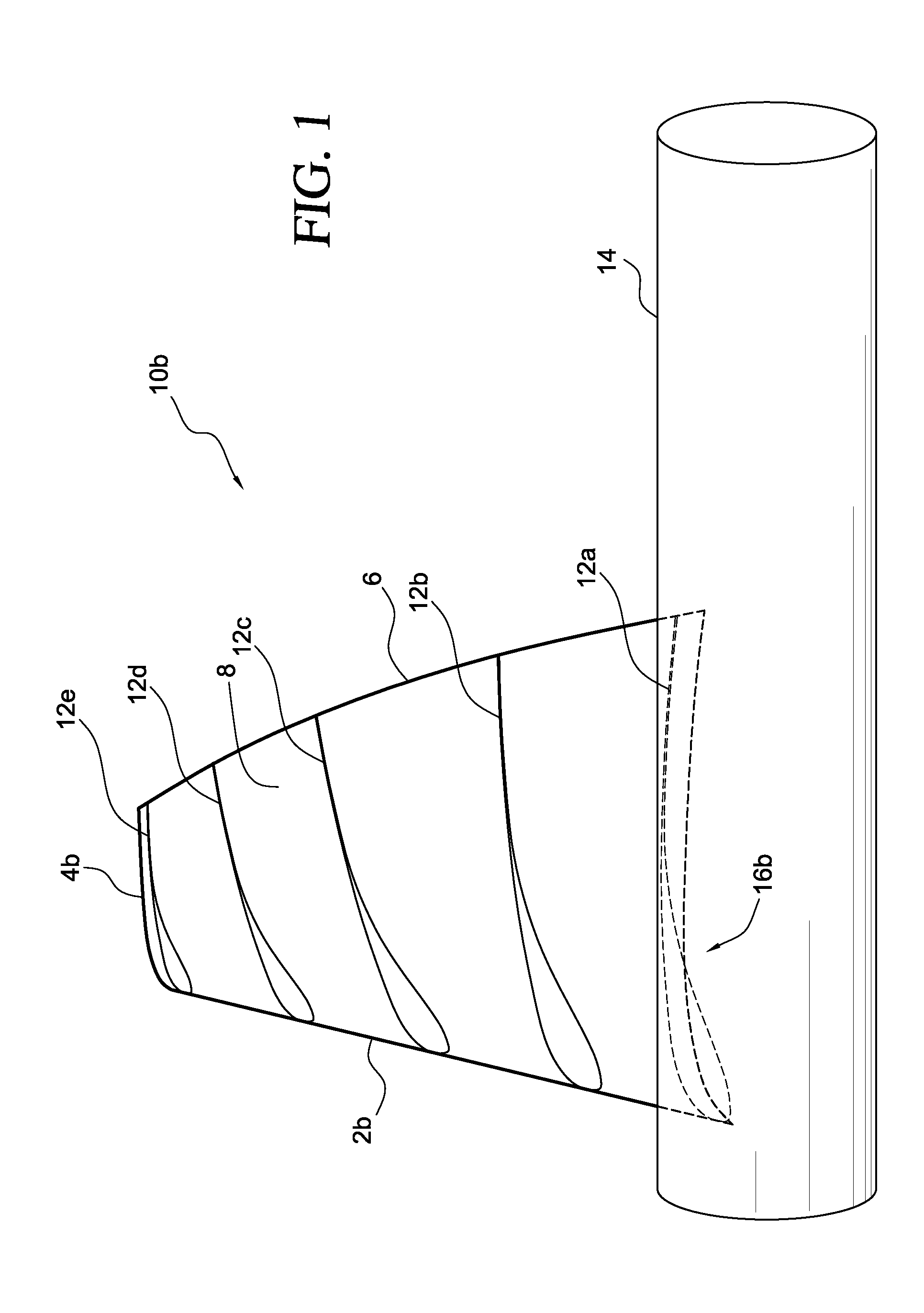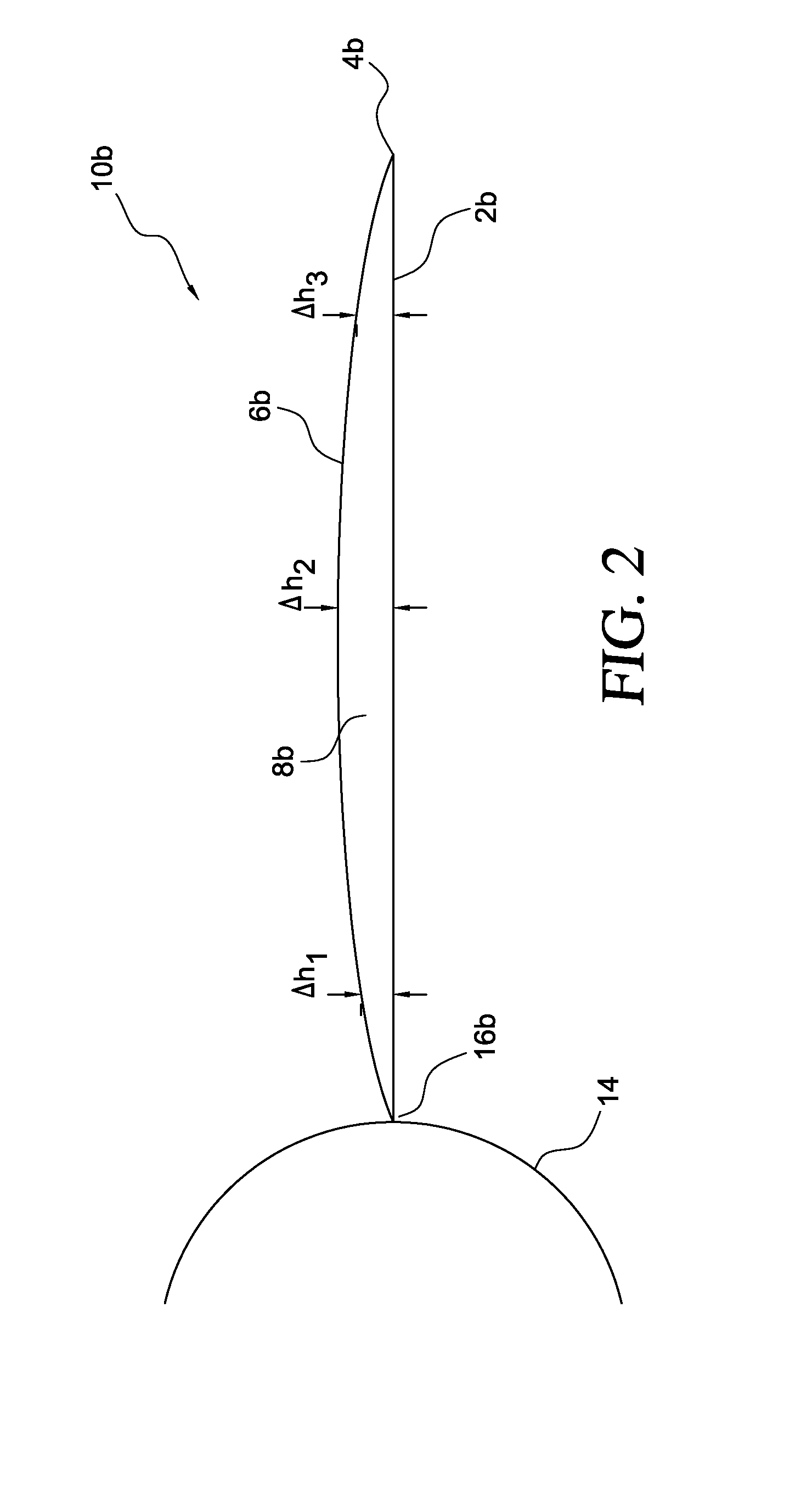Spar for sailwings
a sailwing and sail technology, applied in the field of sailwings, can solve the problems of large large amount of spanwise tension needed in the sail, and large upload at the back of the sail, so as to reduce the effect of induced drag
- Summary
- Abstract
- Description
- Claims
- Application Information
AI Technical Summary
Benefits of technology
Problems solved by technology
Method used
Image
Examples
Embodiment Construction
[0029]The various features of the preferred embodiments will now be described with reference to the drawing figures, in which like parts are identified with the same reference characters. The following description of the presently contemplated best mode of practicing the invention is not to be taken in a limiting sense, but is provided merely for the purpose of describing the general principles of the invention.
[0030]Light weight aircraft 100, according to an exemplary embodiment, generally comprise aircraft that weigh less than or about 5,000 pounds. According to a further exemplary embodiment, most sail planes can generally be considered to be light weight aircraft, and comprise a wing structure made up of a front spar, a trailing edge cable, and sail wing material (typically a relatively thin membrane material). Other components of the light weight aircraft 100 include a fuselage, vertical and horizontal flight control surfaces, and in most instances, a cockpit (with flight contr...
PUM
 Login to View More
Login to View More Abstract
Description
Claims
Application Information
 Login to View More
Login to View More - R&D
- Intellectual Property
- Life Sciences
- Materials
- Tech Scout
- Unparalleled Data Quality
- Higher Quality Content
- 60% Fewer Hallucinations
Browse by: Latest US Patents, China's latest patents, Technical Efficacy Thesaurus, Application Domain, Technology Topic, Popular Technical Reports.
© 2025 PatSnap. All rights reserved.Legal|Privacy policy|Modern Slavery Act Transparency Statement|Sitemap|About US| Contact US: help@patsnap.com



